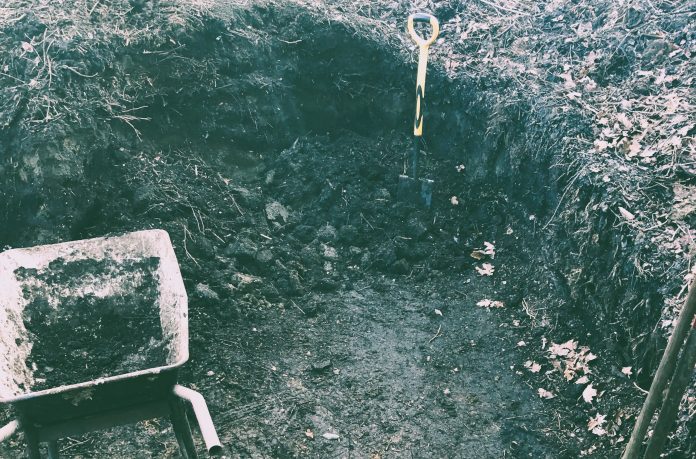Winter is an excellent time to dig out your compost heap and spread the rich, organic material on your garden borders. This seasonal task not only improves soil structure but also helps to prepare your garden for a flourishing growing season in spring. Here’s how to do it and why it’s beneficial.
Why Spread Compost in Winter?
- Soil Improvement: Compost enriches the soil with nutrients and organic matter, improving its ability to retain moisture and support plant growth.
- Protective Layer: A winter mulch of compost insulates the soil, shielding it from harsh frosts and temperature fluctuations.
- Time-Saving: Spreading compost during the dormant season means you won’t disrupt growing plants, making the task more efficient.
- Encourages Soil Life: Earthworms and microbes work year-round in the soil, breaking down compost and enriching your borders before spring planting.
How to Dig Out Your Compost Heap
Step 1: Assess Your Compost
- Check if your compost is ready to use. Mature compost should be dark, crumbly, and have an earthy smell. Large chunks of undecomposed material can be set aside to return to the heap.
Step 2: Tools You’ll Need
- A garden fork or spade for digging.
- A wheelbarrow or buckets for transporting the compost.
- Gloves and a sieve (optional) to separate fine compost from larger debris.
Step 3: Digging the Heap
- Start at the base of your compost heap, where the material is most decomposed.
- Work systematically, removing fully composted material and leaving unfinished layers to continue breaking down.
How to Spread Compost on Borders
Step 1: Prepare the Borders
- Remove any large weeds or debris from the soil surface. There’s no need to dig the soil over; winter compost acts as a top dressing.
Step 2: Apply the Compost
- Spread the compost evenly across the border to a depth of 5–10 cm (2–4 inches). Use a rake to distribute it smoothly.
Step 3: Cover Bare Areas
- Focus on bare soil areas where compost can provide the most protection and nourishment.
Benefits of Winter Spreading
- Feeds Perennials
- Perennials in your borders benefit from the slow release of nutrients over winter.
- Suppresses Weeds
- A layer of compost helps smother weeds and reduce the time spent on weeding in spring.
- Encourages Soil Activity
- Earthworms and beneficial microbes work the compost into the soil, improving its texture and fertility.
- Improves Drainage
- Compost lightens heavy soils, enhancing drainage in waterlogged areas.
Tips for Success
- Avoid Frosty Days: Spread compost on a mild day to prevent compacting frozen soil.
- Use the Right Amount: Too much compost can smother plants or lead to nutrient imbalances. A thin, even layer is usually sufficient.
- Keep Mulch Away from Stems: Avoid piling compost against the stems of plants, as this can encourage rot.
- Save Some Compost: Reserve a portion of your compost heap for spring planting or potting projects.
What If Your Compost Isn’t Ready?
If your compost heap is still breaking down:
- Use partially decomposed material as a base layer for new heaps.
- Start a fresh heap with kitchen scraps, garden clippings, and autumn leaves to continue the cycle.
Final Thoughts
Digging out your compost heap and spreading it over your garden borders in winter is a rewarding task that supports your garden’s health year-round. By enriching the soil and preparing your borders now, you’ll set the stage for a thriving, vibrant garden when spring arrives.




